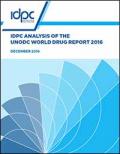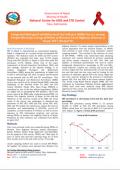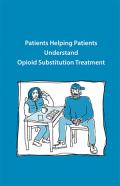Publications on People Who Inject Drugs (PWID)
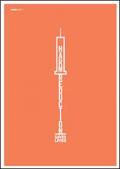
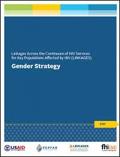
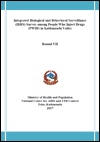
Injection of drugs is strongly linked to HIV because of the higher rate of HIV transmission through needles. Syringe use and needle sharing habits are one of the key behavioral factors that act as the principle driver in the transmission of HIV and other blood borne pathogens. Findings obtained from the previous survey have shown that the prevalence of HIV in PWID ranges from 22 percent in 2003, 21.7 percent in 2005, 6.8 percent in 2007, 3.4 percent in 2009, 4.6 percent in 2011 to 2.8 percent in 2015 in Pokhara valley.
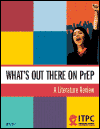
According to the findings from this review, KPs value and recognise PrEP as additional protection against HIV infection (part of combination prevention programme). However, the perceived benefits and concerns around PrEP were motivated by the specific needs and experiences of the different KP groups. A few cross-cutting issues emerged, highlighting areas which need to be addressed for easier PrEP uptake.
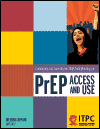
To inform the content of the meeting, ITPC undertook a Literature Review to collate and examine views from key populations on use and access to PrEP. Key findings of the suggested that there is general acceptability and demand for PrEP among KPs as an additional option for HIV prevention within a comprehensive approach. However, there are a number of concerns, risks and barriers that will need to be addressed for successful PrEP uptake.






